The recent identification of a pre-Viking ship burial in Norway has sparked a reevaluation of ancient maritime practices and rewritten the historical narrative surrounding the origins of ship burials. Located on the island of Leka in north-central Norway’s Trøndelag county, the burial mound known as Herlaugshaugen has revealed evidence of a seagoing vessel interred approximately 1,300 years ago, challenging previous assumptions about the onset of the Viking Age and shedding light on early Scandinavian funerary customs.
Rediscovering Pre-Viking Ship Burials
The discovery of the pre-Viking ship burial offers insights into the maritime traditions of ancient Scandinavia. Contrary to popular belief, the Vikings were not the first to bury ships alongside esteemed individuals. The practice predates the Viking Age by centuries, suggesting a longstanding cultural tradition rooted in prehistoric times.
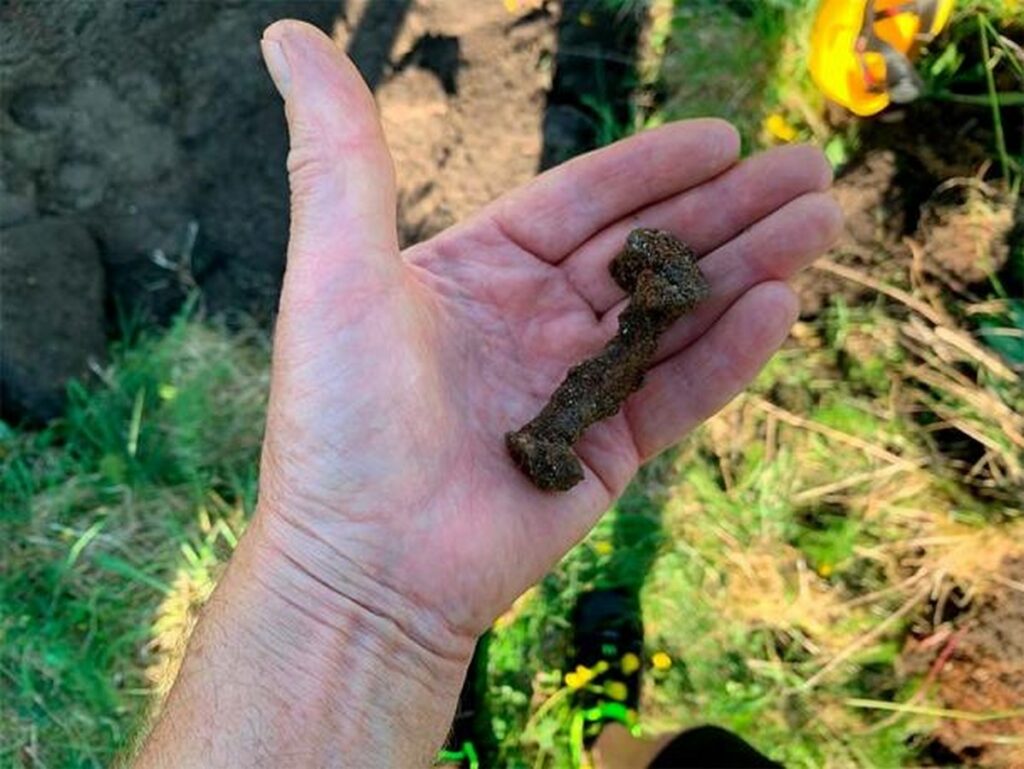
The Mystery of Herlaugshaugen
The burial mound at Herlaugshaugen holds a storied past, intertwined with myths and legends of ancient rulers and warriors. According to Scandinavian sagas, King Herlaug, along with 11 companions, chose burial over surrender to Harald’s forces in 871 AD. However, recent excavations have revealed discrepancies between legend and reality, prompting scholars to reevaluate historical accounts and archaeological evidence.
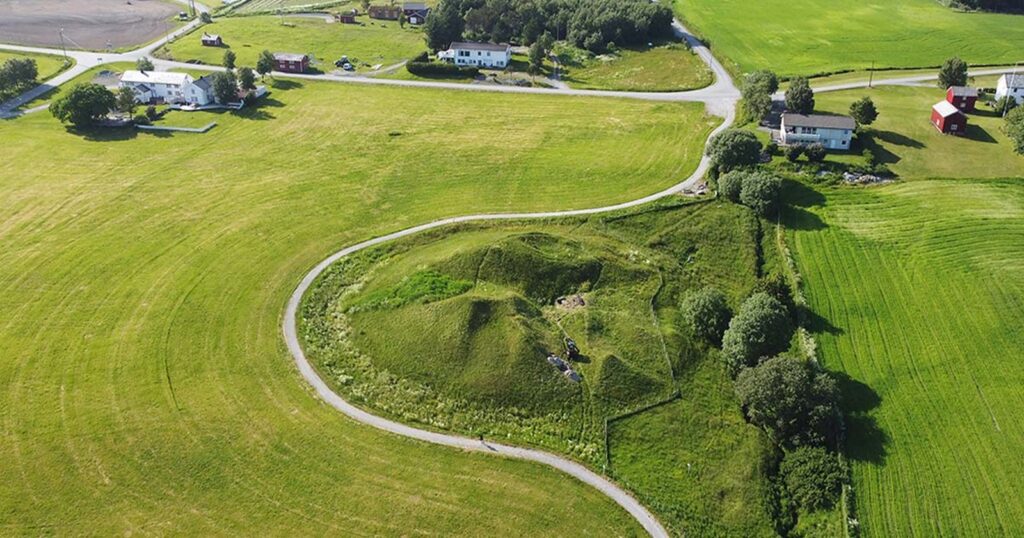
Unearthing the Truth
Archaeologists from the Norwegian University of Science and Technology (NTNU) embarked on a quest to uncover the secrets of Herlaugshaugen. Using metal detectors and excavation tools, they unearthed rivets indicative of a buried ship, dating back to approximately 700 AD. This revelation challenges previous assumptions and pushes the timeline of ship burials back by nearly a century.
Exploring Cultural Connections
The discovery of the pre-Viking ship burial raises intriguing questions about the cultural and social ties between ancient Scandinavia and other regions of Northern Europe. Similar burial practices have been observed in sites across Scandinavia and the British Isles, suggesting a shared maritime heritage and trading networks that transcended geographical boundaries.
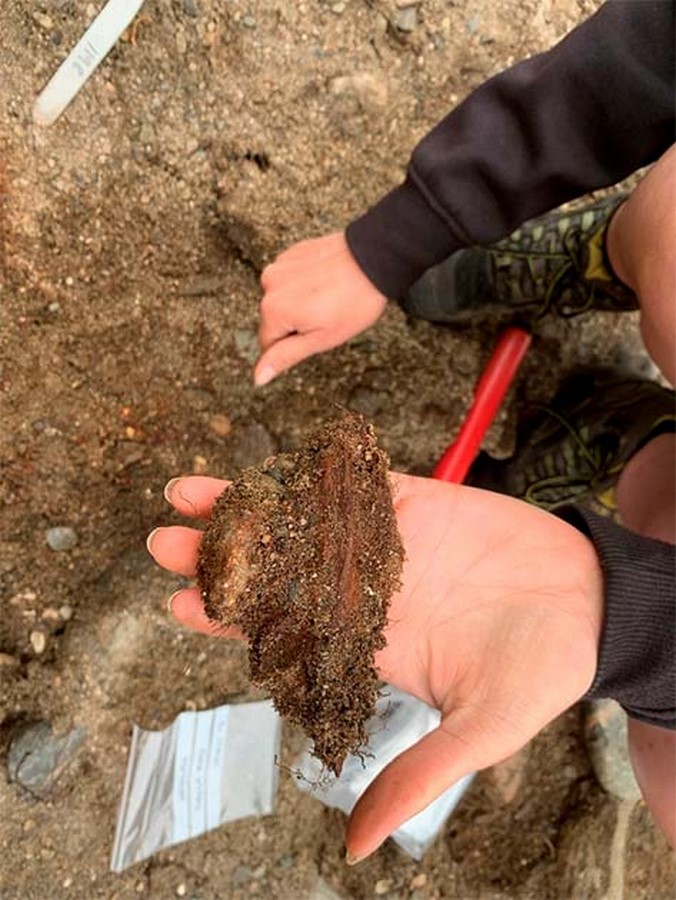
Implications for Viking Studies
The implications of the Herlaugshaugen discovery extend beyond maritime archaeology. By reassessing the origins of ship burials, scholars can gain a deeper understanding of early Scandinavian society and its interactions with neighboring cultures. Future excavations may uncover further evidence of pre-Viking maritime traditions, reshaping our perception of the Viking Age and its legacy.
As archaeologists continue to unravel the mysteries of Herlaugshaugen and other burial sites across Scandinavia, the story of pre-Viking ship burials promises to rewrite history and illuminate the rich tapestry of Northern European civilization.


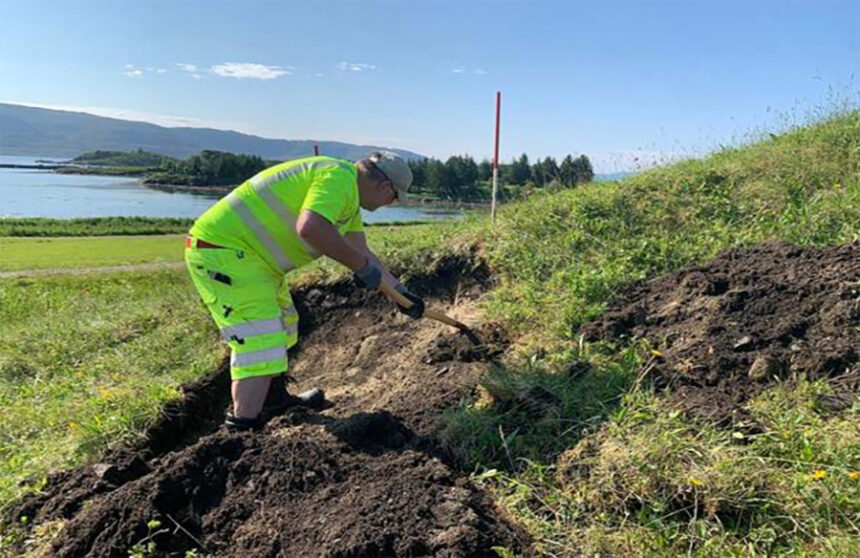
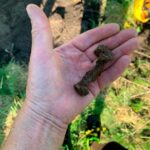

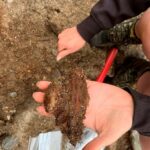
Leave a Reply